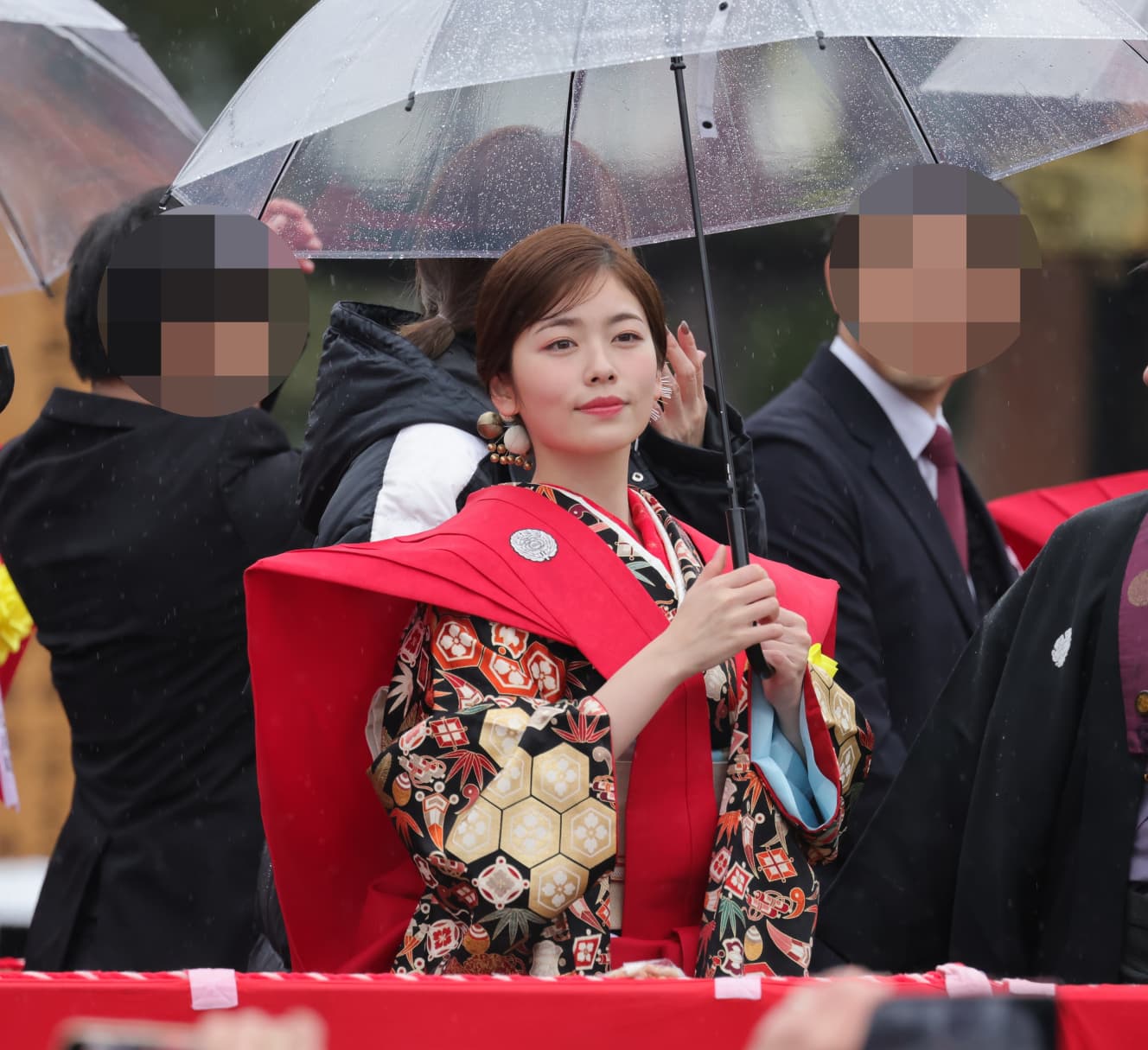NHK’s Hit Mature Dramas: The Reason Behind Their Success
Even if viewership ratings decline, the audience demographic is expanding
NHK Taiga drama Berabou: Tsutaya Jūzaburō Eiganoyume Banashi is struggling. The first episode recorded an average household viewership rating of 12.6%, the lowest in history, and has since gradually declined, hovering around the 10% range.
However, on social media, many younger viewers, especially fans of lead actor Ryusei Yokohama (28), have expressed positive opinions, saying, “I had never watched a Taiga drama before, but this one has no brutal scenes, is easy to follow, and is enjoyable,” and “Watching the lives of Edo-period commoners is more fun than samurai stories.” Additionally, longtime Taiga drama fans have praised it, commenting, “I wasn’t sure about it at first, but it’s an exhilarating period drama that is satisfying to watch each week,” and “Tsutaya Jūzaburō isn’t covered in history classes, and learning about Edo-era magazines and Yoshiwara’s culture is fascinating. It’s fun to research these topics, and I think this kind of Taiga drama is great.” The overall reception has been very positive.
“It has been a long time since young people started distancing themselves from television, but that doesn’t mean they have stopped watching programs altogether. With streaming services available, many people, not just young viewers, now watch shows online. Additionally, many opt to record and watch later rather than tuning in live. Because of this, viewership ratings are no longer an accurate measure of a show’s popularity. In fact, Taiga drama’s audience demographic is expanding with Berabou, and there are more voices than ever saying that ‘NHK dramas have become more interesting,'” says a TV magazine writer.
Aside from morning dramas, NHK dramas were traditionally seen as solid, in-depth stories favored by older male audiences. However, in recent years, more dramas catering to female viewers have emerged.
Taiga dramas, in particular, have historically focused on themes appealing to men, such as the Sengoku period and the Bakumatsu era. However, last year’s Hikaru Kimi e blended traditional Taiga elements like historical conflicts with themes of romance and motherly love, creating a show that both men and women of all ages would enjoy. Berabou follows a similar approach.
“In the past, aside from Taiga dramas and morning dramas, NHK rarely produced widely talked-about dramas. Because it upheld an image of wholesomeness, its programming was designed to be enjoyed by everyone, from children to grandparents. This meant that extreme or controversial storylines were avoided, often resulting in more neutral, middle-of-the-road storytelling. However, that also placed a limit on how much a drama could pursue deeper, more compelling narratives,” the TV magazine writer adds.
Even R18-rated and boys’ love-themed works
However, in recent dramas like Berabou and the highly acclaimed Ōoku (aired in 2023), there have been intense scenes that could almost be mistaken for R18-rated content, delving deeper into romantic relationships between men and women. At times, there are even portrayals of boys’ love and LGBTQ themes. These scripts seem tailor-made to appeal to adult drama fans.
What exactly is behind this shift? We asked an NHK insider.
“In the past, we didn’t really focus on viewership ratings and tended to produce the shows we wanted to make. However, when it came to dramas, there were certain self-imposed restrictions that made it difficult to push boundaries. On top of that, we would often hear commercial broadcasters say, ‘NHK doesn’t have to worry about ratings, so they have it easy.’ In reality, many drama creators at NHK felt frustrated, believing they could produce much more engaging, compelling, and widely appealing programs.”
Recently, however, the situation has changed, as NHK’s licensing fees have come under greater scrutiny.
“With more people watching less television and an increasing number saying, ‘We don’t need NHK,’ the organization is facing more than just difficulties—it’s a matter of survival. That’s why we’ve shifted our focus to appealing not just to younger viewers but also to generations that have long been devoted to television, particularly women, by creating dramas that truly engage them.” (NHK insider)
The Turning Point: That Incident
Indeed, dramas aired in late-night slots tend to appeal to adult women. Moreover, one of the key turning points that led to the recent wave of compelling dramas was that particular incident.
“It was the ‘Johnny’s scandal.’ NHK faced a storm of criticism over the issue. Although a special investigative program was produced, some aspects of its presentation were perceived as self-serving, and the backlash did not subside. Even now, many people continue to criticize NHK’s handling of the report. In contrast to the hesitant news division, the drama production team, full of determination, resolved to create shows that would captivate audiences and restore NHK’s reputation. I believe the results of that effort are beginning to show now,” said an NHK insider.
A staff member from a production company also commented:
“NHK’s direction is often influenced by its president at the time. When Nobuo Inaba (74) took over in 2023, there was a noticeable shift. People started saying, ‘The atmosphere has become much more open,’ and ‘It’s easier to work now.’ This change seems to have positively affected the drama production environment.”
In terms of ratings, commercial TV dramas have been struggling in recent years. On the other hand, NHK has virtually unlimited production budgets. If its drama department continues to enjoy creative freedom, the gap between NHK and commercial networks will only widen. While we hope for a comeback from private broadcasters, the industry as a whole should work together to keep television drama thriving.
PHOTO.: Kumataro Arai
